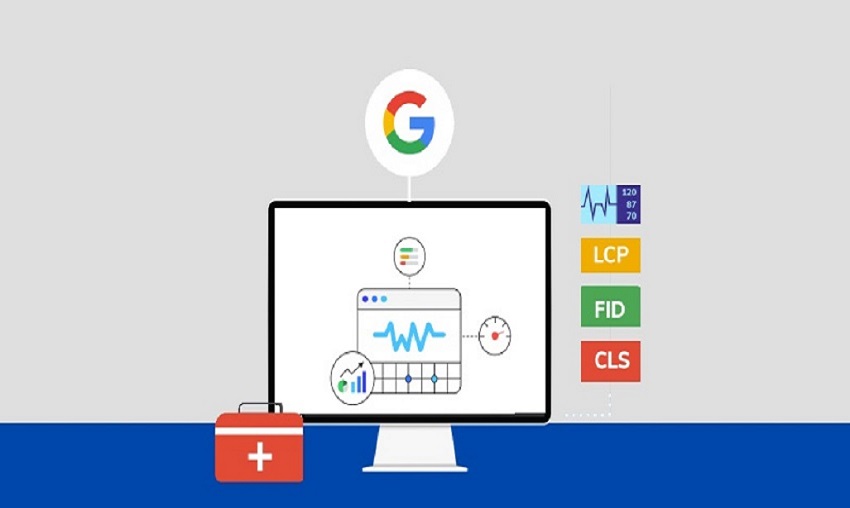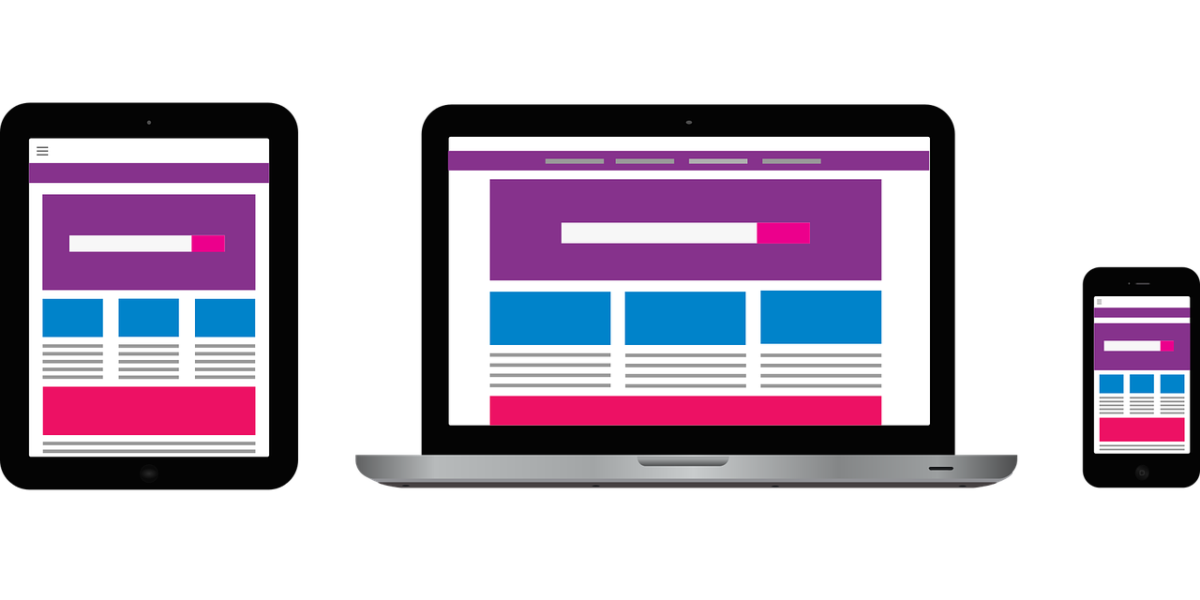
Essential Hardware and Software Solutions for a Productive Virtual Office
The concept of a virtual office might not be new, but it has definitely been booming around the world in recent years. Initially driven by technological advancement but nowadays boosted by the COVID-19 pandemic, virtual offices have started popping up all over the world to facilitate remote work and keep businesses afloat. After all, just because you were forced to send your employees home doesn’t mean that you can’t resume your operation remotely, or that you can’t effectively manage a decentralized workforce.
However, for all the advantages that remote work brings to the table, there’s no denying that it poses some challenges that you need to overcome in order to thrive in the digital world, especially if you’re running an online business. Building a productive virtual work environment requires the right leadership skills and managerial processes, but it also requires the right software and hardware solutions.
Here’s the kind of software and hardware you need to build a productive virtual office.
Great peripheral gadgets make all the difference
When people are working from home or remotely in general, they need to decide on the kind of devices they’re going to use to communicate and collaborate with teammates. You can choose between a laptop and a PC, for example, but if you want to be as productive and efficient as possible, you should pay special attention to the peripheral components.
These include a mouse and a keyboard, but more importantly, these are your audio and visual gadgets like a proper headset and a quality camera. Ideally, you’d want to get a quality headset instead of using speakers and a built-in microphone, because you want to be able to hear and speak to your colleagues without any interfering noise.
Likewise, a quality full-HD camera with 60 FPS will make all the difference and produce that crystal-clear image that will just make your experience that much more enjoyable during video calls and presentations.
Using the right software to maximize productivity
Productivity tools for virtual offices and remote workers come in all shapes and sizes, but they all serve the singular purpose of making your time at work more efficient and effective. Recently, connected devices for time tracking have emerged on the market, that aim to minimise unnecessary digital distractions. Instead, they helps building a time tracking habit with your muscle memory. Your goal should be to automate various menial processes so that you can focus on the complex, mission-critical tasks, but also to implement productivity tools that will help you improve your remote team’s productivity.
As you assign IT equipment and peripherals to your remote workforce, it is also important to ensure their devices are always functional so operations can keep running seamlessly. Investing in an IT asset management solution will enable you to keep complete track of all your IT equipment and resolve any hardware breakdown issues instantly, should they occur.
For example, a staple software solution for a decentralized workforce is a project management tool, which should be a comprehensive tool that allows you to retain control of every project from inception to completion. The right cloud-based project management tool should provide you and your team with:
- Comprehensive visual boards
- Time tracking features
- File management
- Messaging features
- Performance reports
- Project timeline features visualize the progress of work
With such a comprehensive tool, you will be able to collaborate easily with your remote team and keep every project on track.
Fast and reliable internet across the board
It should go without saying that every virtual office needs to have a fast, reliable, and stable internet connection. The modern business world runs on the web and various digital technologies that directly rely on a stable internet connection, so it’s important to keep all of those services running when you’re working in a virtual environment.
Having 4G internet available at all times is one of the best ways to secure fast internet speeds, and installing a 4G flybox is a great way to get fast mobile internet along with a reliable Wi-Fi network that will keep you running throughout the day. You want to make sure you have a good mobile network when you’re on the move, but also a strong Wi-Fi connection that doesn’t dip at any point during the day when you’re working from home.
Opt for stable and feature-rich virtual meeting software
Virtual meetings have become ubiquitous in the modern business environment and when it comes to remote work, they are essential for productivity, efficiency, and ultimately, success. You and your teams need to meet on a regular basis to keep things moving along, set clear expectations, brainstorm effectively, and bring amazing ideas to life.
To do all of this, you need a reliable, feature-rich virtual meeting software. The software you’re using should provide a stable, quality listening and viewing experience, and it should allow you to share your screen, chat with team members in the sidebar, enter presentation mode, and much more.
Use cloud storage for easy access, security, and collaboration
Finally, make sure that you’re using the right cloud storage solution to quickly and easily share your work with team members, but also keep your files in a safe and secure digital environment. There are many cloud storage options out there that are reliable and offer numerous perks to free and paid users, and providers like Google offer excellent support, features, and storage for free to business users as well.
Over to you
Creating a truly productive virtual office is a difficult task, but with the right hardware and software at your side, you can do it with relative ease and minimal financial investment. Be sure to implement these tools into your virtual work environment and watch as productivity and efficiency start to rise across the board.
























